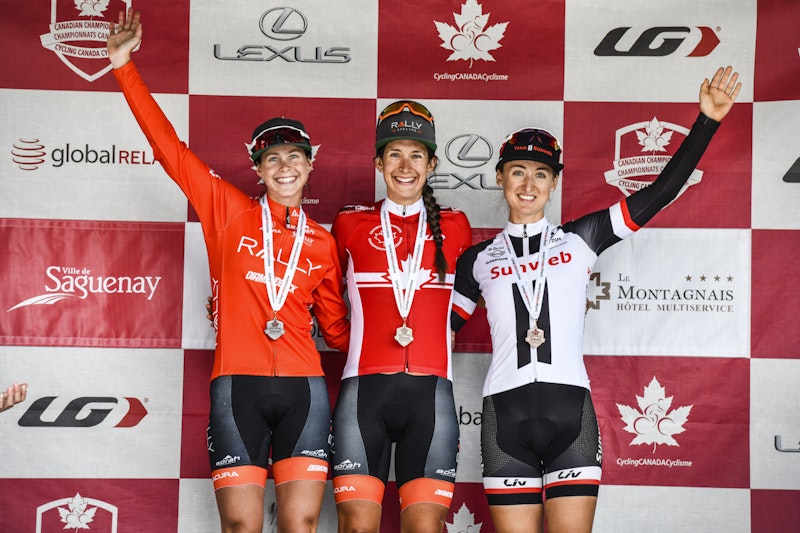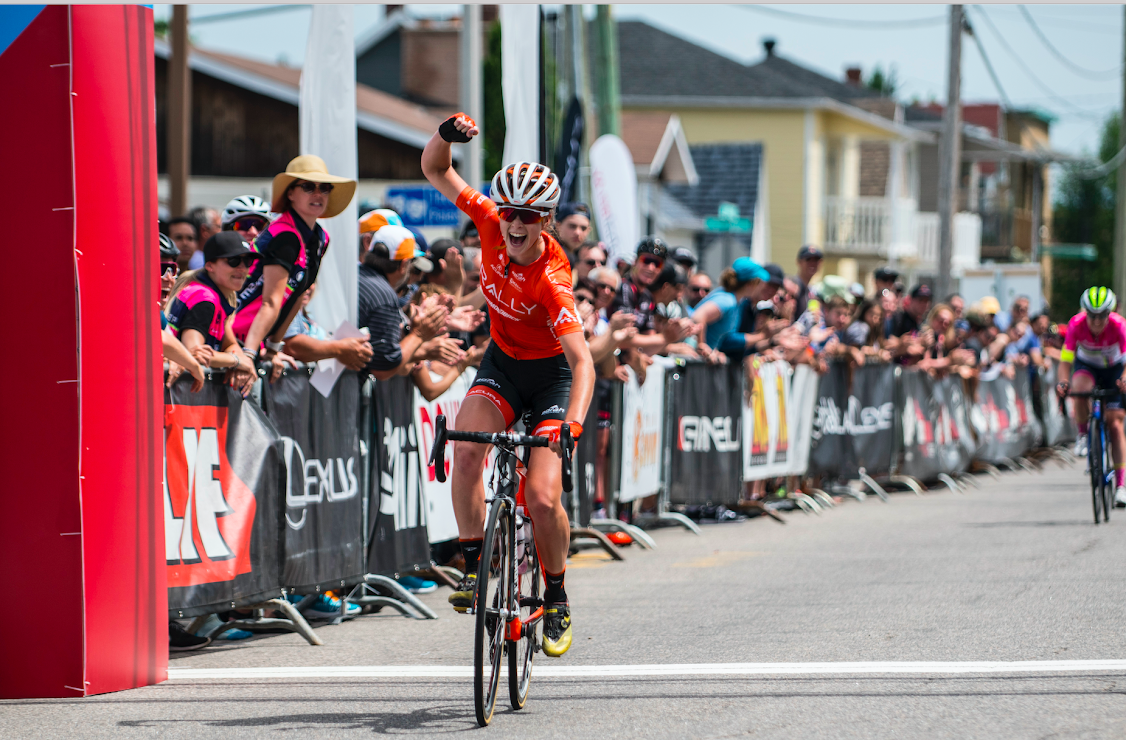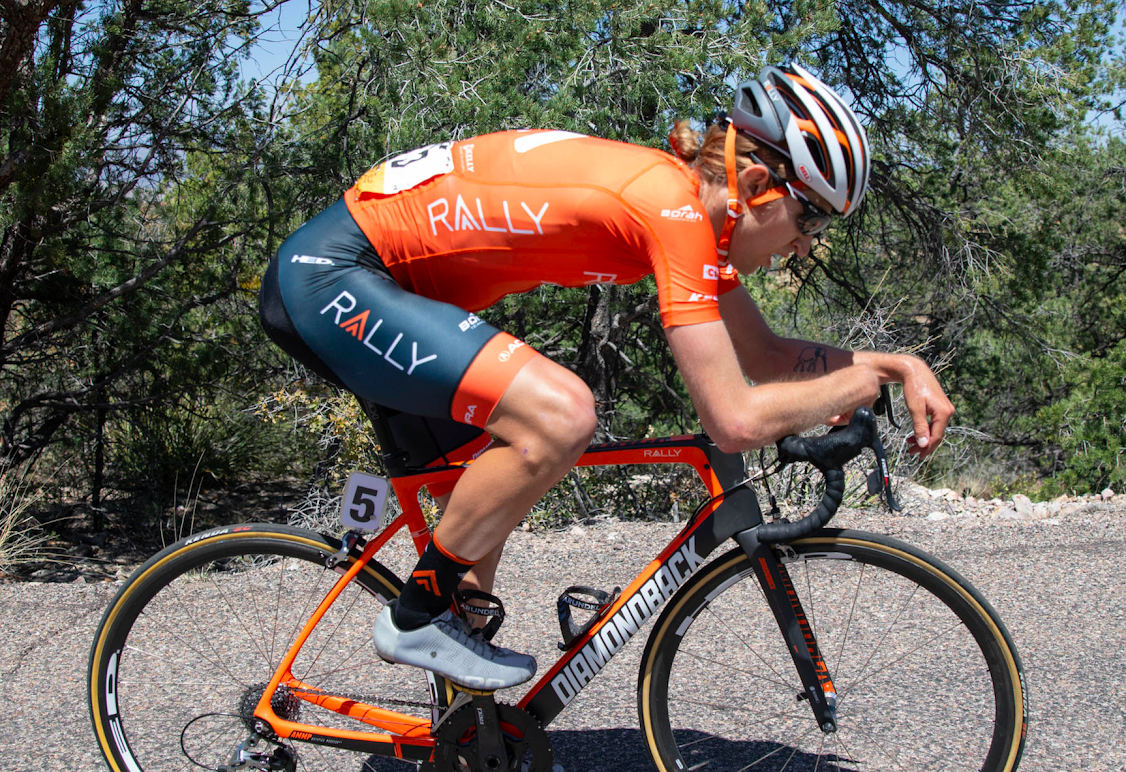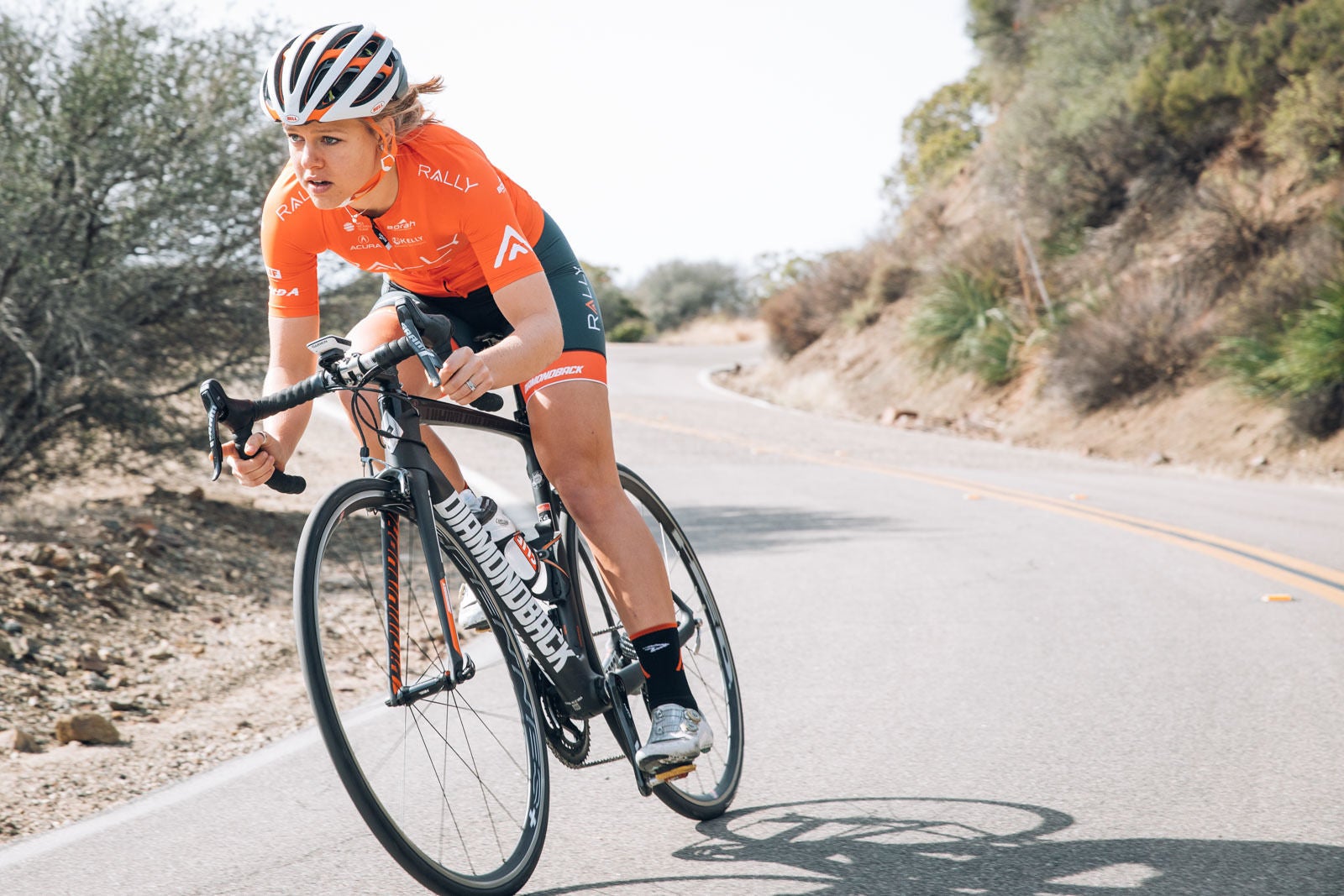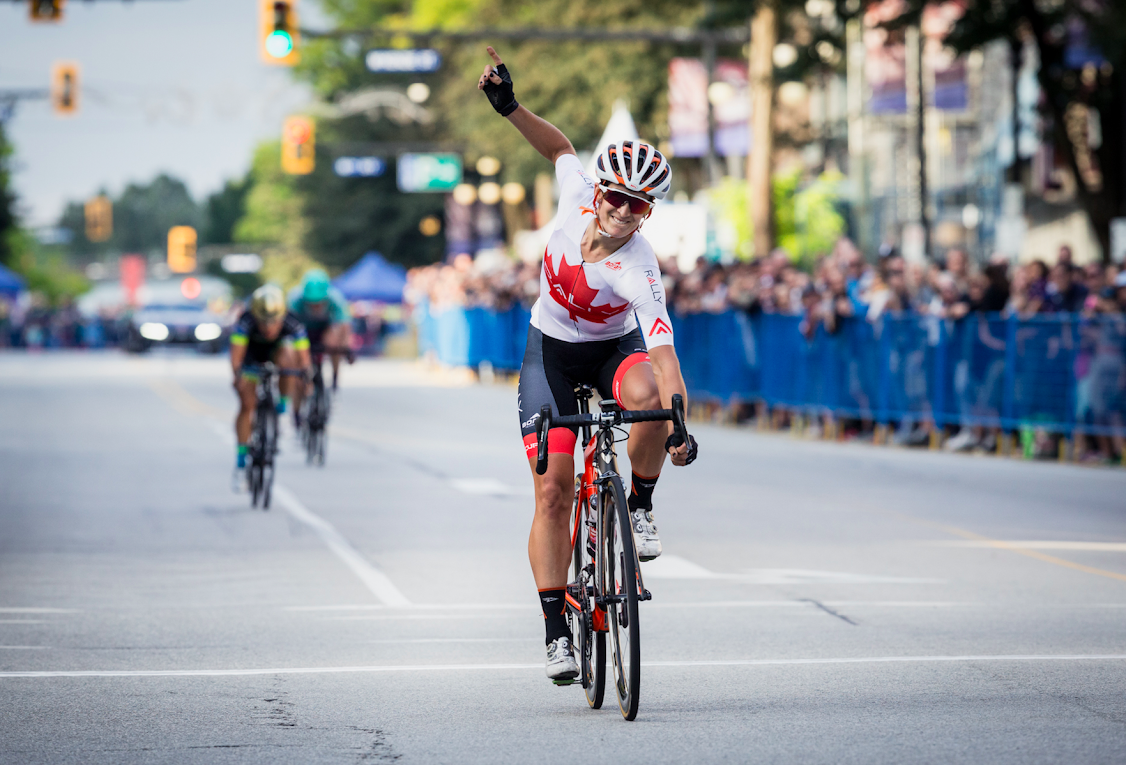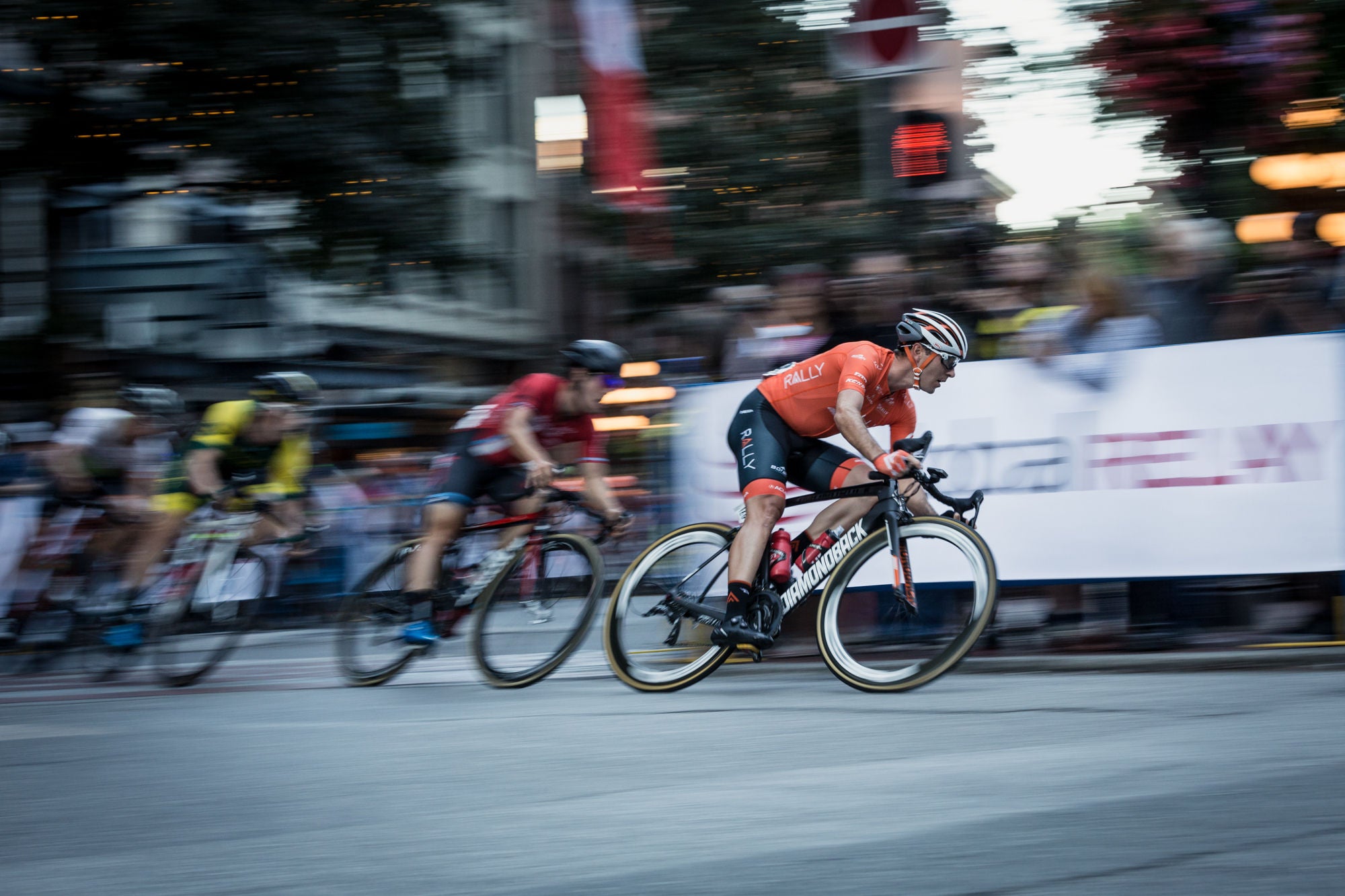Ryan Anderson says it's all about eating the right things, and at the right time.
“I notice that if I don’t take care of my diet, I can’t ride away from that,” says pro racer Ryan Anderson, who’s finished fifth in the Tour of Alberta and spends most of his year now fighting for position in European races. “There are so many foods out there that can have negative effects on my training, but if I’m really focused on eating good, healthy food and staying on top of that, it can almost be more important than my training itself!” And Anderson isn’t afraid of trying new nutritional options as he learns more. Right now, he’s timing his macronutrients and having a higher protein breakfast, saving carbohydrates for around ride time. Anderson uses an app to track his intake and macronutrients to make sure he’s getting enough calories during these experimental phases.
6. Take a Real Break
Every cyclist needs an off-season, but a mini-break during the height of race season can also have a big impact. That’s a change that Murphy instituted last year and he’s seen serious gains this season both in terms of his on-bike power numbers and in how he feels about racing. “After Nationals this year, I took a full week off. It was really awesome: I was excited about getting on the bike after a bit of rest,” he says. During the winter off-season, don’t just hang out and binge on Netflix, says Murphy. He uses that time to explore other sports. But when you’re taking a break, make sure it’s a mental break as well. Enjoy the time off, don’t stress about losing fitness.
7. Nap Your Way to Victory
Bergen didn’t double podium at nationals by just training hard. She recovered hard as well. “Your body doesn’t know the difference between training and life stress,” she says. So her recent shift involved taking “chill time,” including a daily nap. “I’m a chronic over-booker — you always want to do it all — but it was at the expense of recovery. I have a quiet room at work that I can book, and so now I do that and have a 20-minute power nap at lunch."
8. Post-Ride Stretching
Lay noticed a major difference when she started adding a few yoga stretches to her post-ride routine after her 2017 season, and now she can’t imagine a ride without a mini-flow at the end. “Cycling is so one-dimensional that it’s easy to end up really tight,” she says. “Yoga has really helped avoid that, and now after a ride, my body craves it.” She focuses on stretches that work into her hips and IT bands, like pigeon pose and lunges, but her favorite is at the very end in savasana, otherwise known as corpse pose, lying flat on the mat and resting.
Molly Hurford is the author of “Fuel Your Ride,” “Saddle, Sore,” and the upcoming “Shred Girls” series. She also writes for Bicycling magazine, and co-hosts “The Consummate Athlete” podcast.


